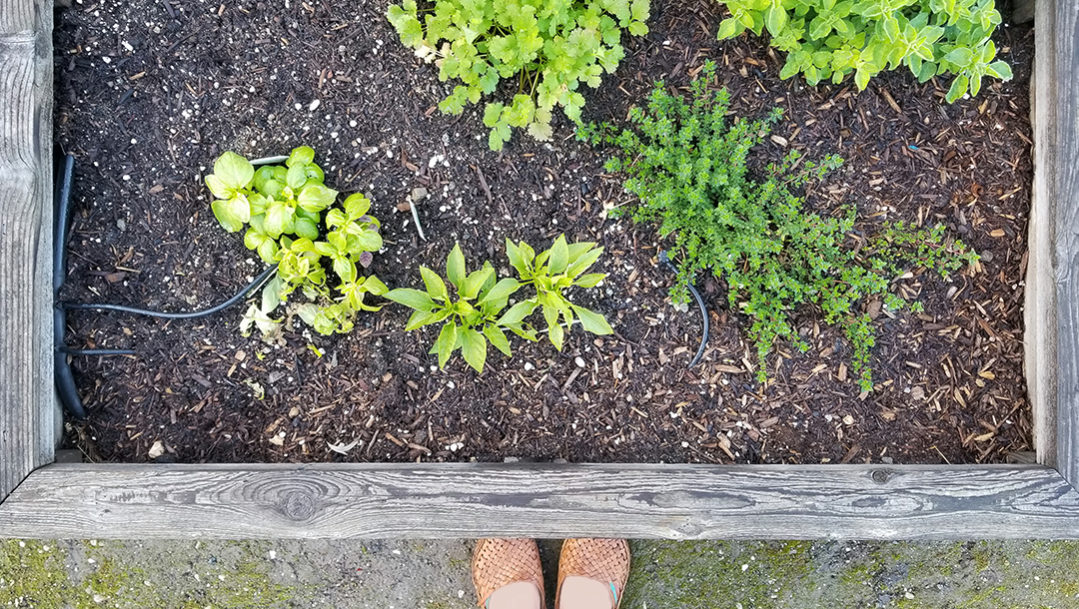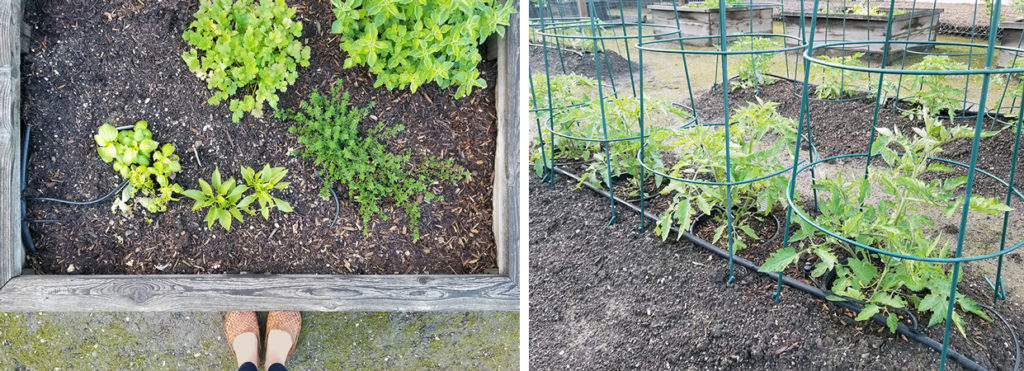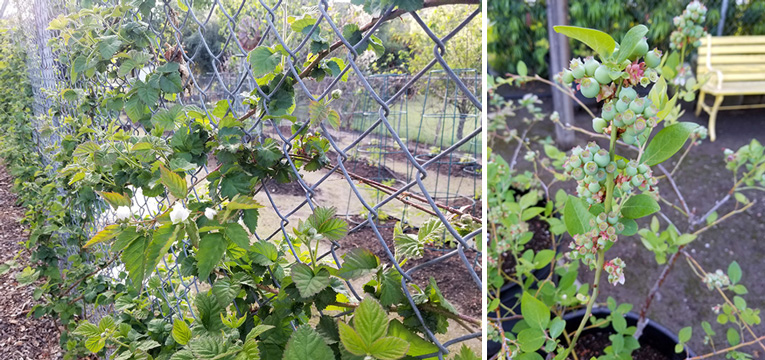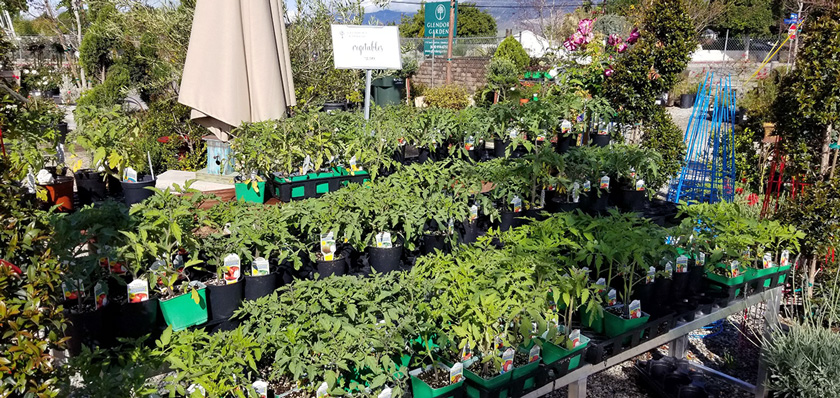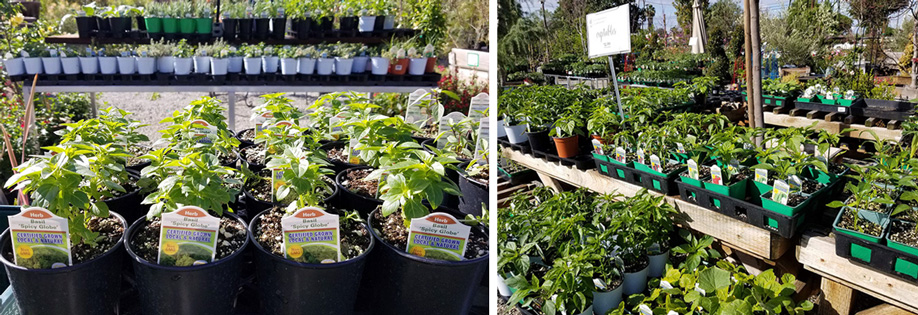Victory Gardens first emerged during World War I to minimize demand on an overburdened public food system. It was a wildly popular and effective way for Americans to support and feed both their local communities and their troops overseas.
Planting a food garden has once again become part of the mainstream conversation due to necessary quarantines over COVID-19 and a need for self-reliance. But in addition to providing nutritious foods and beautiful landscapes, there is increasing evidence that planting your own garden offers a variety of health benefits from improved mental and physical health, to engaging the creative process and supporting stress release.
If you’re ready to plant a Victory Garden, here’s a list of what you’ll need and some steps to follow to get growing!
WHAT YOU’LL NEED
- A space to garden
- Plants or seeds
- Tools: hoe, trowel, gardening gloves, watering can, soil amendments
1. Decide where you’ll plant your garden
Unlike other plants, most fruits and vegetables need a lot of light. Six to eight hours is best. A sunny patch in the backyard is an obvious choice, but there are plenty of other options. Window boxes, containers, and even rooftops can be utilized with great success. Short on space? Consider working edibles around your existing flowers or shrubs. Too much shade? Consider planting in your front yard. Many fruit and vegetable plants are actually quite attractive, so there’s no need to give up on curb appeal.
2. Pick your plants
Focus on fruits, vegetables, and herbs that you eat regularly to make the most impact on your grocery bill. If you’re new to gardening, start with plants that are easy to grow. Do you prefer to keep things low-maintenance? Then remember to include plenty of perennial foods so you’ll have less to plant next year.
Things that are ready to plant late March/early April in Southern California are: cucumbers, eggplant, peppers, tomatoes, zucchini, blackberries, blueberries, strawberries, and nearly all fruit trees.
3. Prepare your soil
The health of any food garden starts with the soil. Healthy soil with the right balance of drainage and pH means your plants will be less prone to pest and disease issues, they’ll grow better, and look better. Our general recommendation is an organic planting mix. Of course, some plants prefer a more acidic soil. But for most herbs and vegetables, a neutral pH is optimal.
4. Plant your garden
You can start from seeds for the most economical approach, but you’ll get the quickest results by starting from seedlings. Both seed and seedlings are in ample supply this time of year.
5. And… WATER WATER WATER
Watering will take some time to master, since each garden will vary. Observe your garden closely and keep the soil evenly moist so that your plants never droop between waterings. For the most low-maintenance approach, consider installing a drip system to ensure your garden has sufficient water all year long.


